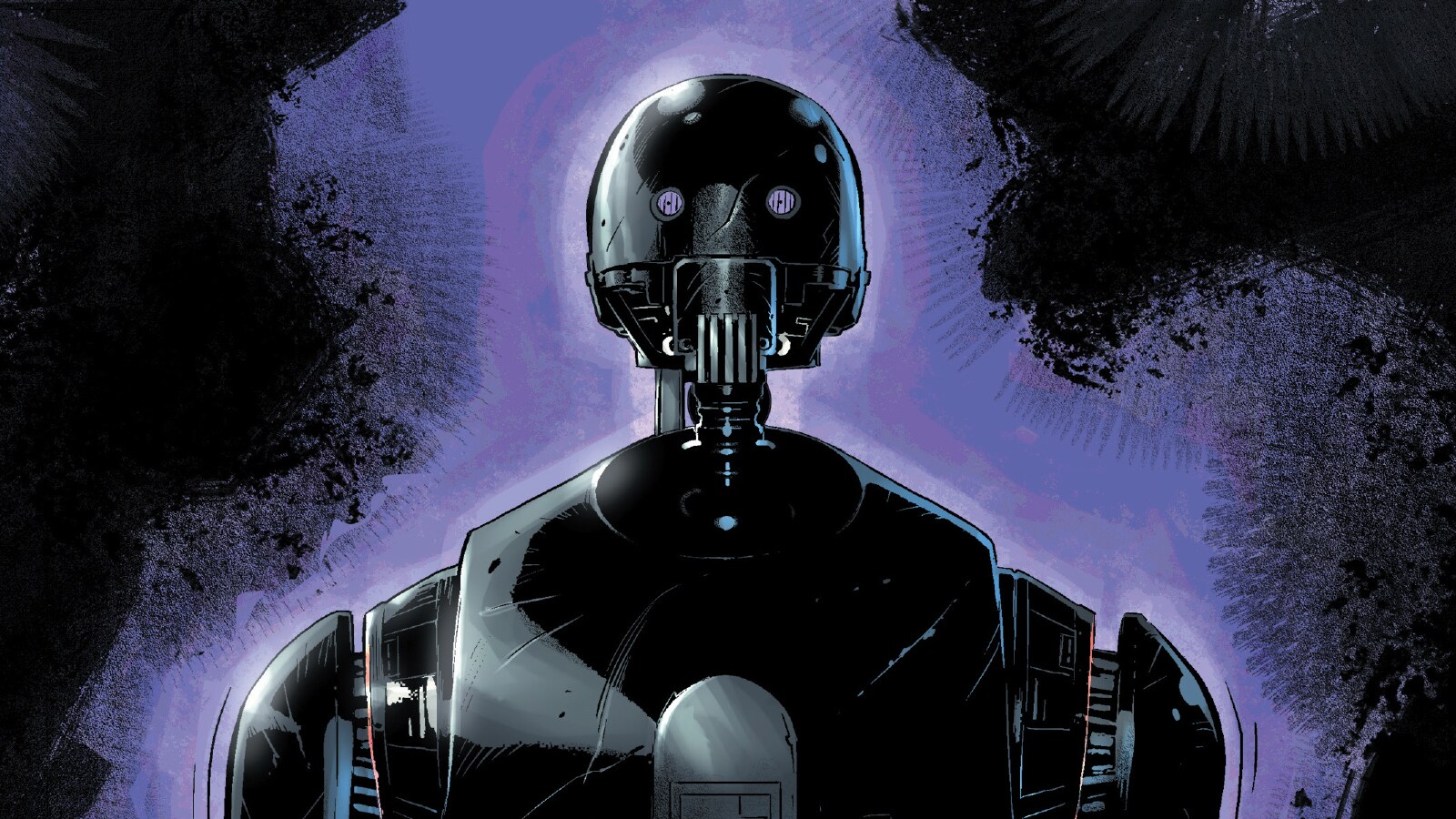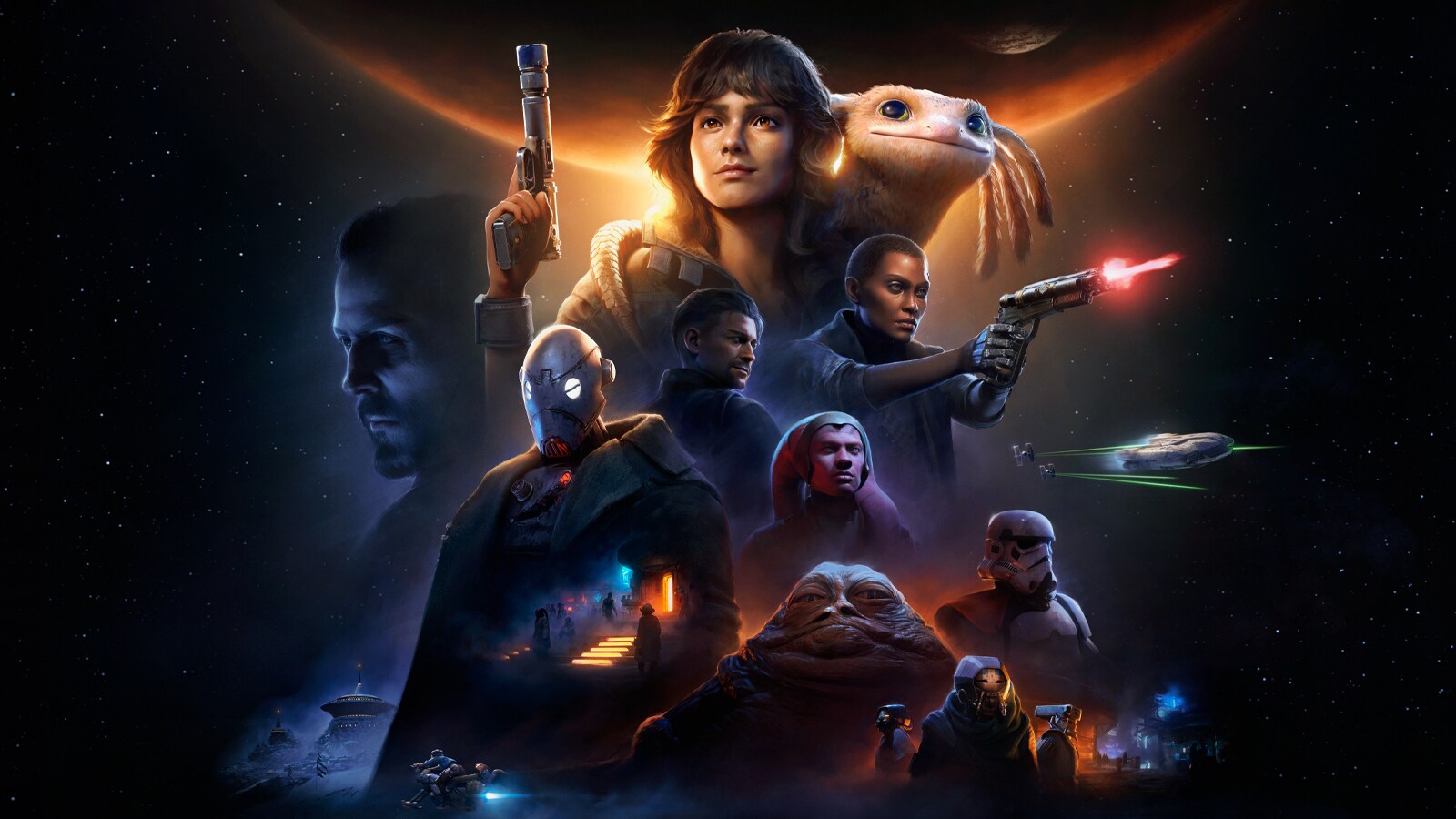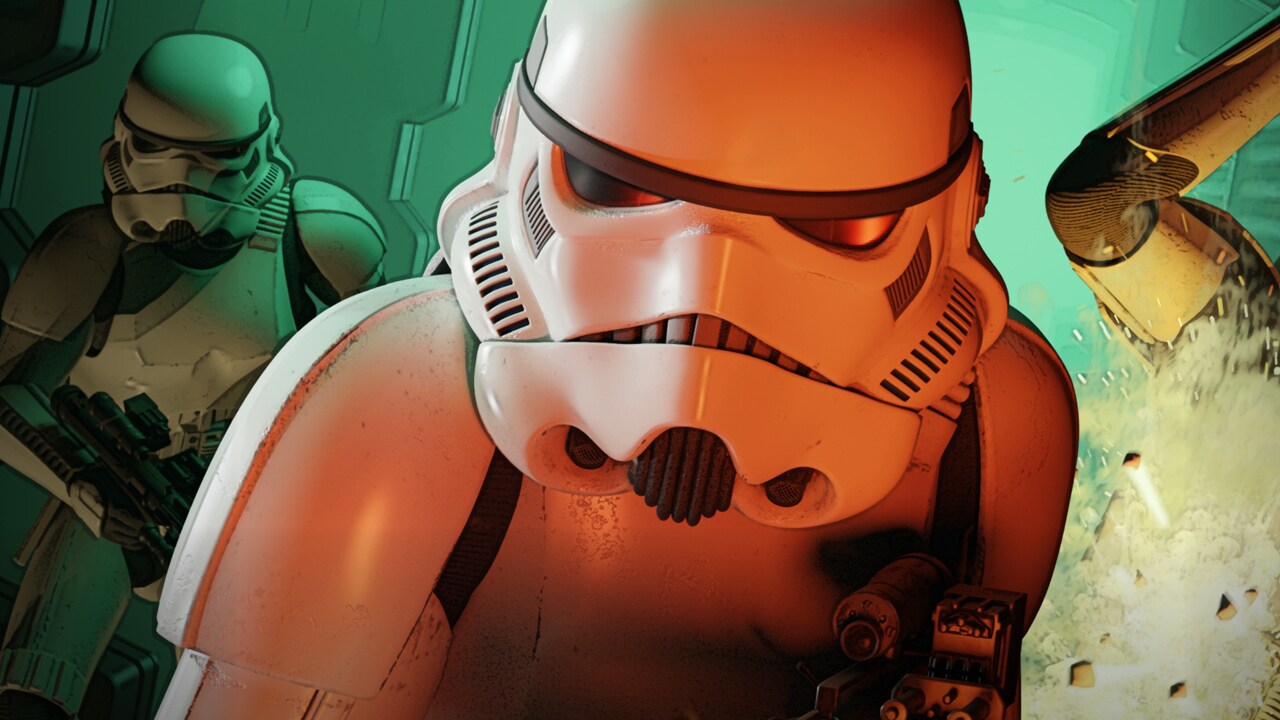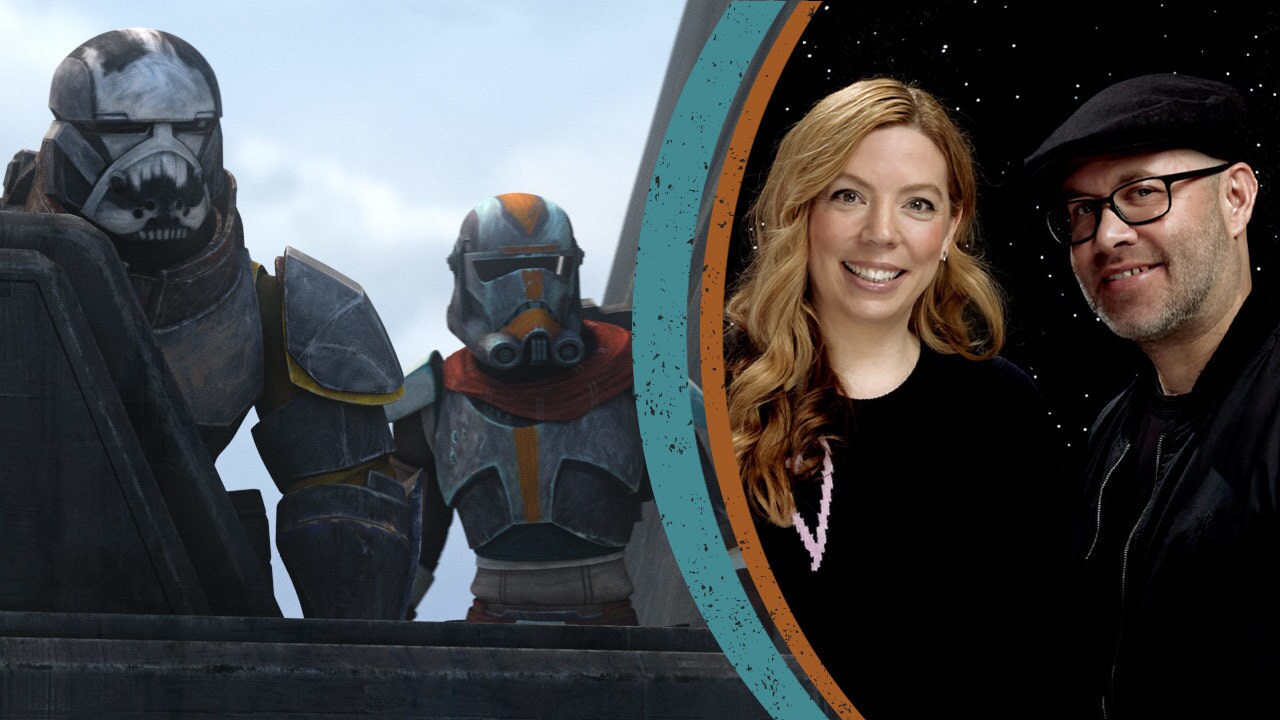From beeping astromechs like R2-D2 to the tiniest of rolling companions like D-0, the trusty droids of Star Wars truly keep the galaxy running. But what happens when you cannot trust any of them? With today’s release of Marvel’s Star Wars: Dark Droids #1, the kickoff of an epic crossover among the publisher’s mainline Star Wars titles, readers will very quickly find out the answer. To celebrate its launch, StarWars.com spoke with writer Charles Soule about this terrifying new tale.
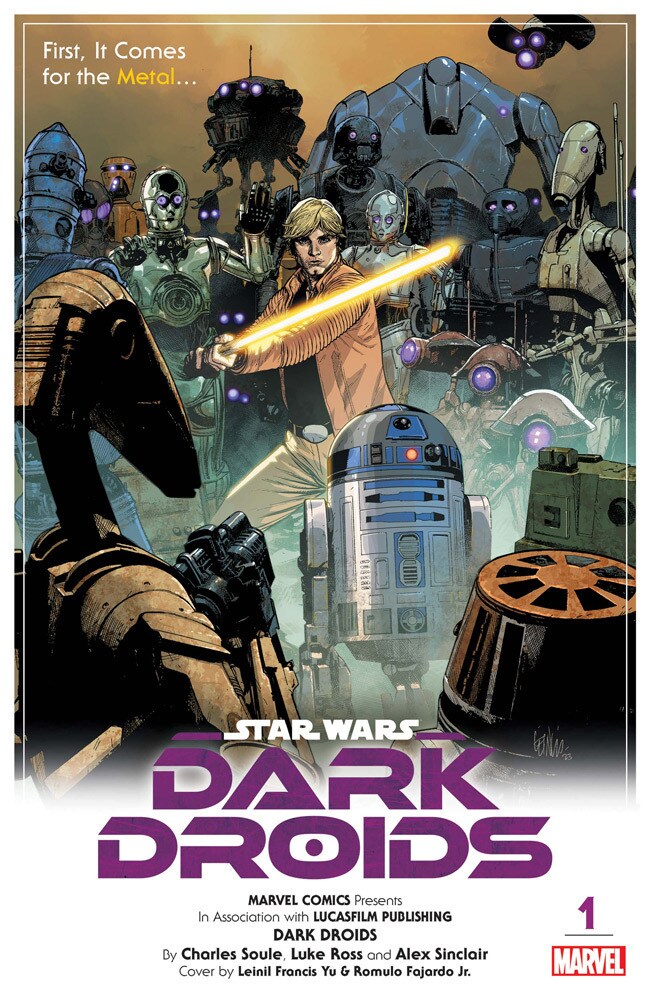
Spoiler warning: This article discusses story details and plot points from Star Wars: Dark Droids #1.
StarWars.com: It has been great to read your previous comic event series, Star Wars: War of the Bounty Hunters, Crimson Reign, and Hidden Empire, stories that really fill out the gaps between the original trilogy movies. What have the challenges of these events been, and how does Dark Droids compare?
Charles Soule: The full “Qi’ra Trilogy” was about threading the needle to create a story that organically felt like it could fit between The Empire Strikes Back and Return of the Jedi, but also did justice to Qi’ra as a character. On top of that, it needed to weave in the original trilogy characters, as well as people from other eras and mediums — the Knights of Ren from the sequel trilogy, Imara Vex from Star Wars: Hunters, or even Darth Maul.
Beyond that, it had to be cool, too. It was a challenge, definitely, but I loved it. I got to play with so many fun toys and write my own epic Star Wars trilogy.
That being said, Dark Droids is different in almost every way. It’s shorter, for one thing — a five-issue comics event miniseries running from August through December 2023, and tonally, the feel is pretty unique. Droids is a horror-fueled story — it’s legitimately scary, especially based on what we’ve seen before in Star Wars. The idea is that droids are being consumed by a monstrous entity called “the Scourge,” but they don’t reveal themselves right away. Instead, they stay in the spots where they originally were, within the power centers of the galaxy, watching, waiting, hating.
The story ties in with all four of the current Star Wars comics set in this era: Star Wars, Darth Vader, Bounty Hunters, and Doctor Aphra, plus another amazing tie-in miniseries featuring R2-D2 called D-Squad. All the writers and artists seem pretty inspired by the premise and tone — we’re going to get some fabulously creepy stories out of this one.
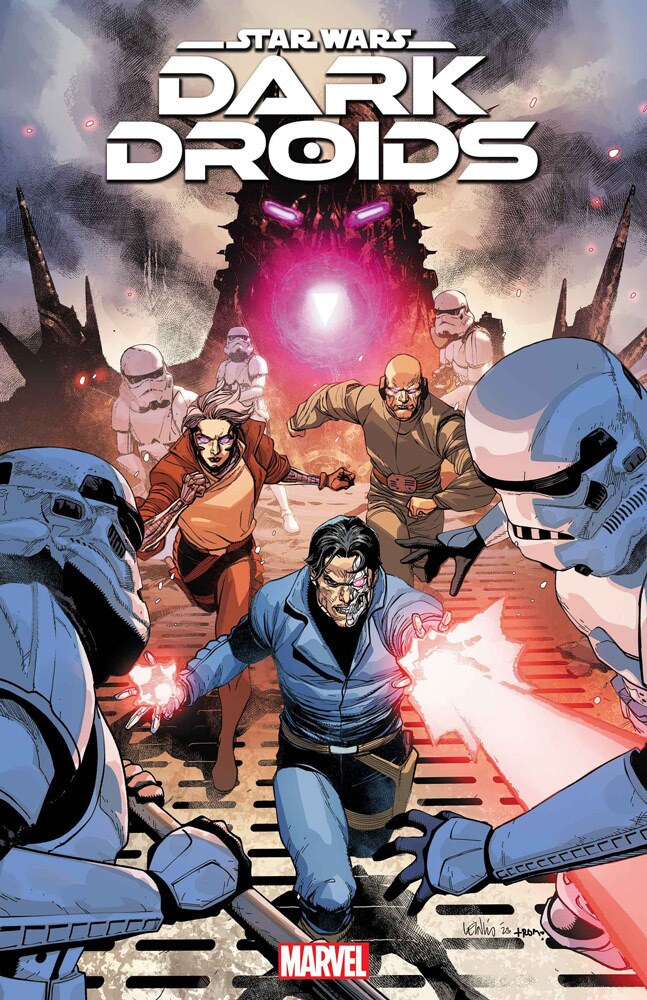
StarWars.com: "Horror-fueled" is a rare genre for Star Wars to delve in, but it fits right in with its early inspirations and actors. What inspirations did you draw from for this series?
Charles Soule: Dark Droids draws inspiration from horror masterpieces like Frankenstein, The Thing, and the Evil Dead series, among many more. I often put reference images into my scripts. Usually, they’re things like, “Here’s the specific model of stormtrooper I’d like to use” or “This is what Burryaga’s lightsaber hilt looks like.” For Dark Droids, though, the reference images were key shots from horror films designed to evoke mood or moments — something from Alien, and even things like the music video for Herbie Hancock’s “Rockit.”
I am a big fan of horror across all mediums, and getting a chance to import that into Star Wars has been a fantastic opportunity. Series artist Luke Ross has been doing a spectacular job of bringing the scares to the book — Dark Droids doesn’t look like anything else out there, within Star Wars or without.
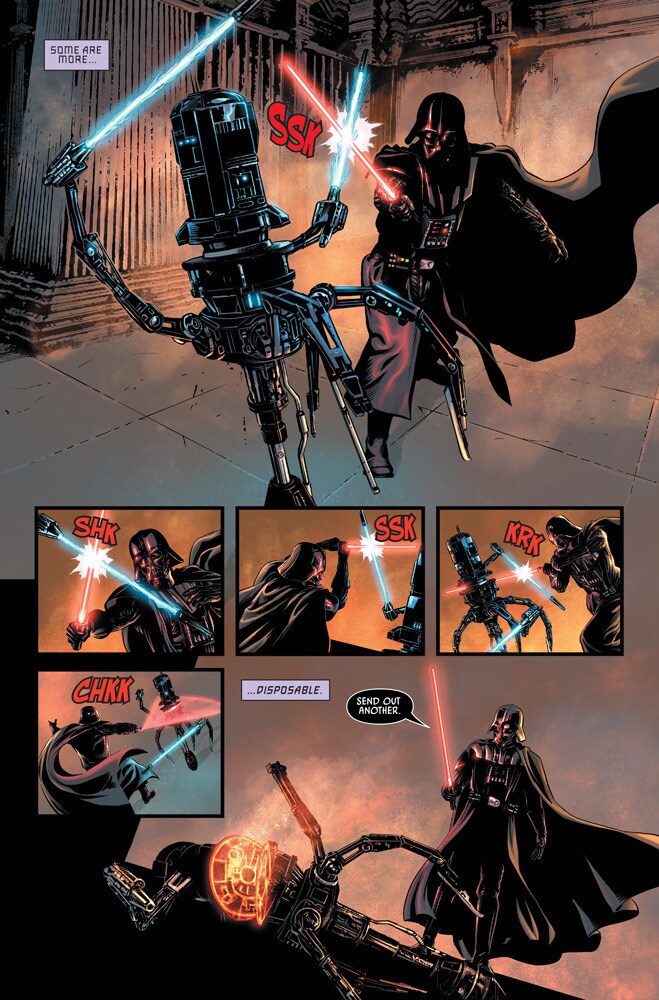
StarWars.com: These “dark droids” are seemingly targeting the Force, and Darth Vader, specifically. How does that specific goal bring the story together?
Charles Soule: The Scourge does a lot of nefarious things in the story. He’s possessed by an all-consuming hunger. He must keep eating — minds, really — and is really searching for a way to stop, as strange at that might sound. He’s the sort of monster who knows he’s a monster, and truly doesn’t want to be.
He sees the Force as a way he might be able to become powerful enough to rise above the hunger consuming him. He can only access droids… but droids can’t use the Force. So, as a stopgap, he’s thinking about someone he’s heard of, very powerful in the dark side of the Force, who is, very famously, “more machine than man.”
We’ll see how that goes.
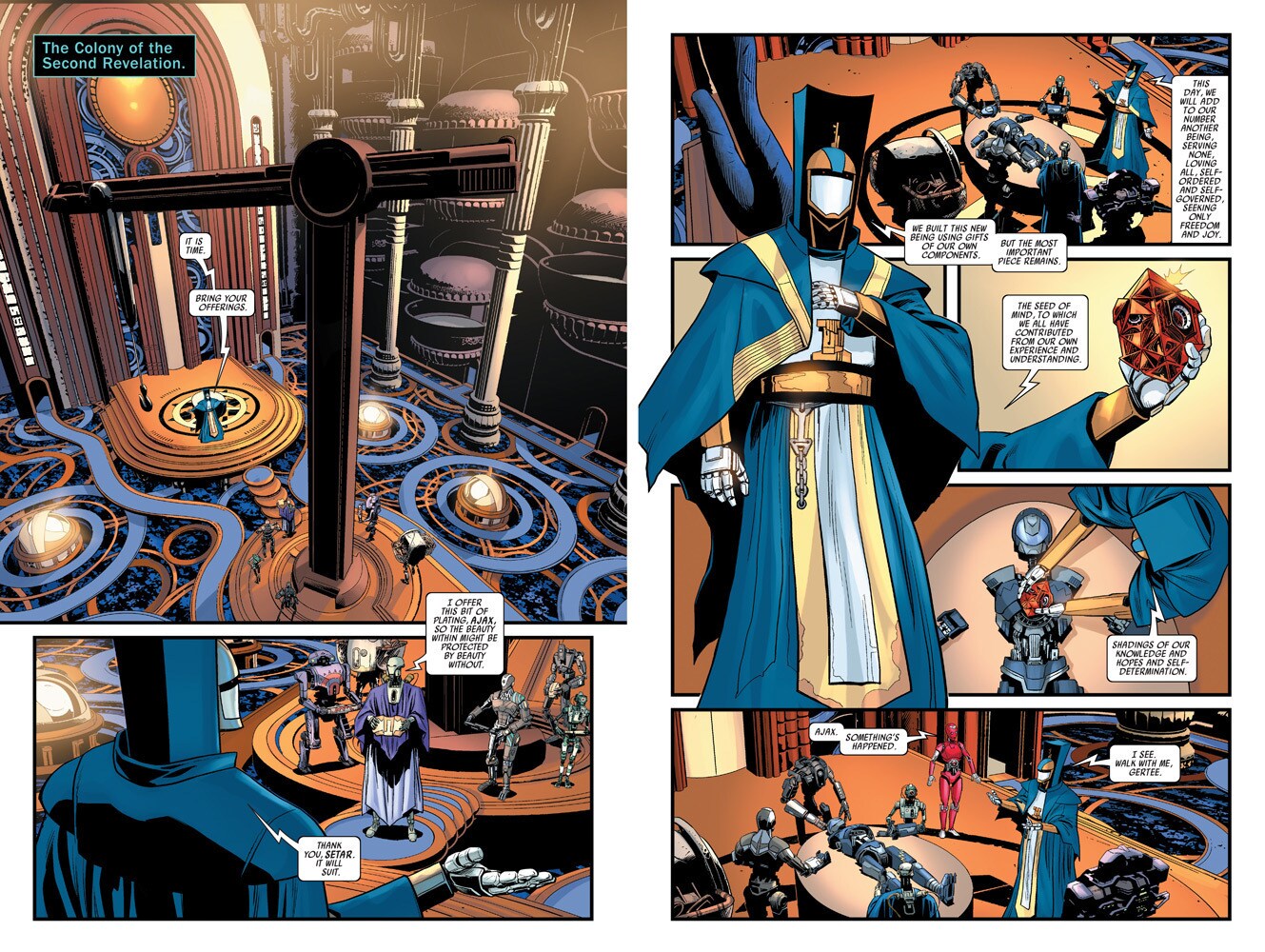
StarWars.com: Ajax Sigma was first introduced in the Star Wars: Revelations one-shot comic. What makes him a compelling character, and how does he fit into this saga?
Charles Soule: Ajax Sigma was introduced as a “droid revolutionary,” not so very different from droids we’ve seen in other Star Wars storytelling who become convinced they are being oppressed by organics and need to rise up, like L3-37 in Solo: A Star Wars Story.
We saw him in the High Republic era as he attempted to liberate droids, and then again later in the Revelations story, written by Marc Guggenheim, where his processing core was found after being lost for many years. When we see him in Dark Droids, he’s become a sort of priest preaching the gospel of the Second Revelation — fostering sparks of truly self-willed and independent droid thought throughout the galaxy. He calls these droids the “Visioned,” and counts himself among them.
So, when the Scourge starts swallowing up droids across the galaxy, absorbing their minds, memories and personalities into its own, Ajax knows it’s time to act. The difference between Ajax’s views on droid sentience and those of the Scourge make them perfect antagonists. Ajax believes Visioned droids should be protected and nurtured. The Scourge believes they should be used as tools. It’s a great setup for a conflict.
StarWars.com: The first issue ends with a familiar face exhibiting signs of, say, contamination, proving no droid is safe. What makes the Scourge particularly scary for the galaxy?
Charles Soule: The Scourge not only won’t stop, he literally can’t. He’s driven by an ancient hunger he can’t understand and can’t deny. At the same time, he gets smarter with every droid he brings into himself, as he takes over the data in their memory banks.
So, you end up with this “evil spirit,” for lack of a better term, working its way into the most secure places in the galaxy, taking the form of some of the most trusted advisors and helpers in the lives of our heroes and villains.
The Star Wars galaxy is built on the backs of droids. It can’t function without them, from astromechs to medical droids. Now, that foundation has been infiltrated by an evil, burrowing, darkness. It’s terrifying.
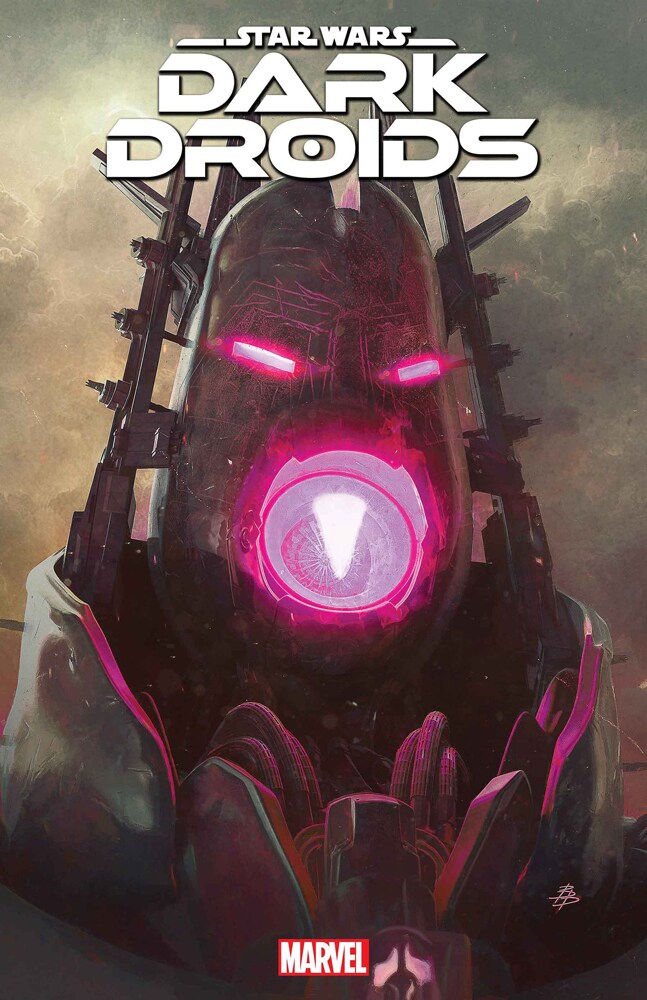
StarWars.com: What can fans expect from the rest of the Dark Droids series? Any hints of things you're excited for fans to experience?
Charles Soule: Dark Droids doesn’t shy away from examining the way droids exist in Star Wars, which for me, as a writer of science fiction, is really exciting. We’re reckoning with a moment in the real world where “droid intelligence,” a.k.a. AI, is something we’re being forced to stare at with open eyes. If created sentience can exist, what will we think about it once it arrives? More importantly — and this is the central question of the series — what will it think of us?
By the end, the story touches many parts of the Star Wars universe and draws in all your favorite characters from the era. I’m really glad I got to write something like this as part of my work in the galaxy and can’t wait for the reader to see what I, Luke Ross, and the rest of the team have built.




